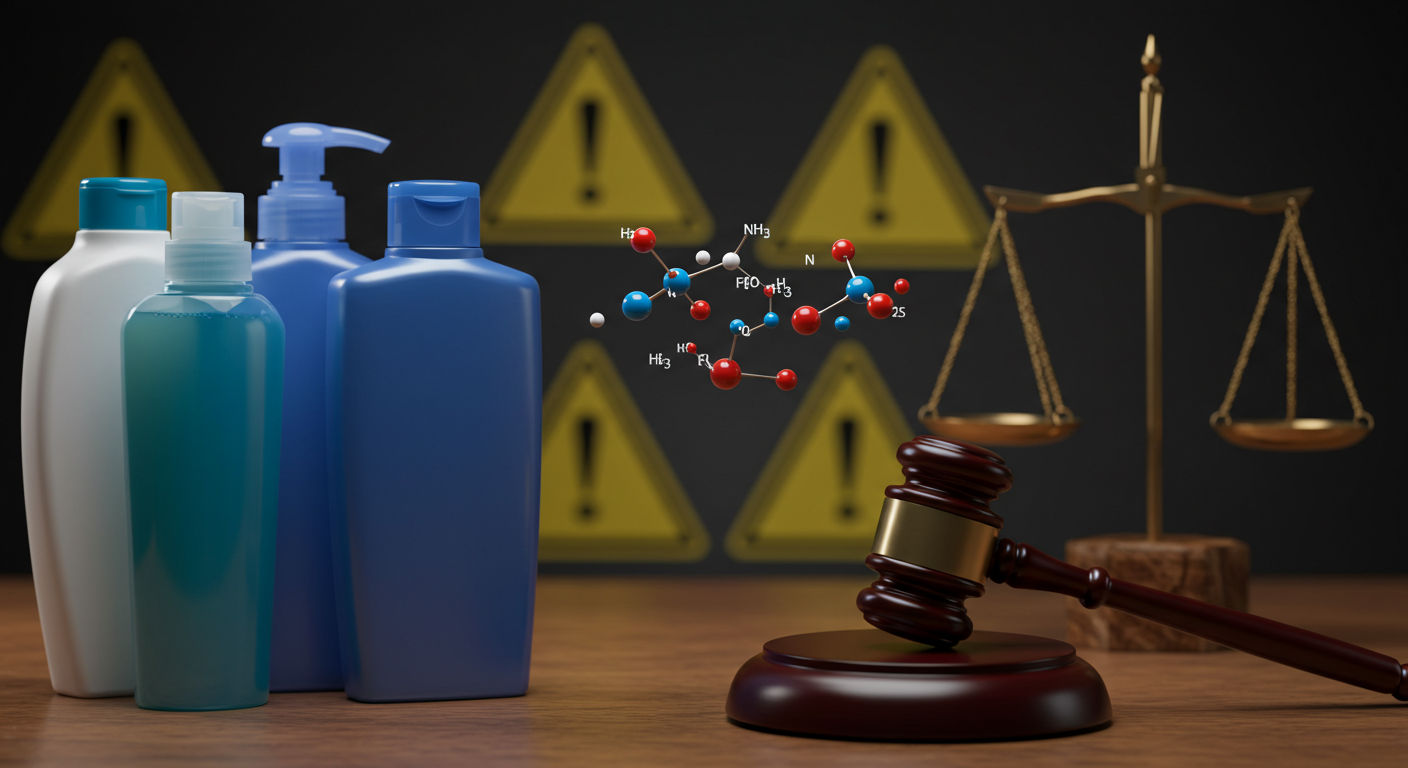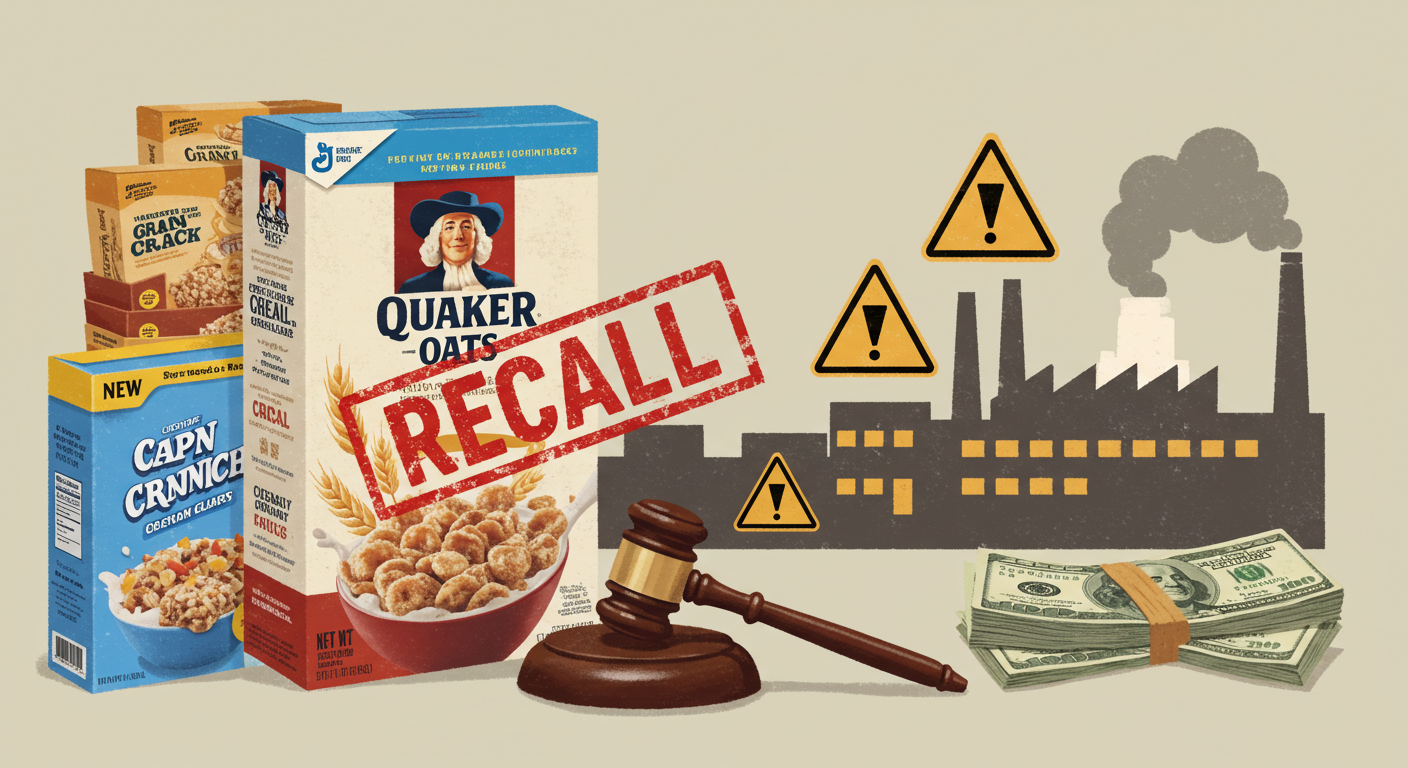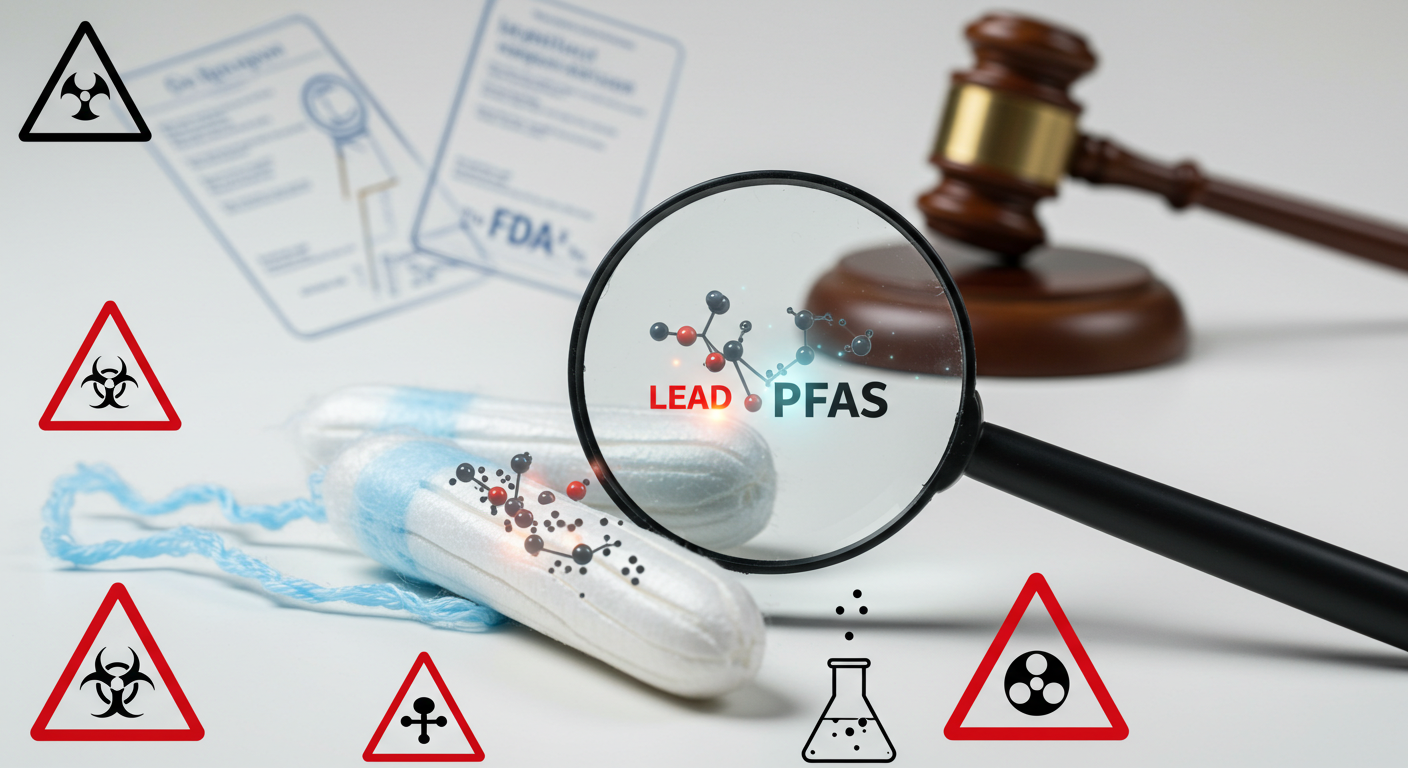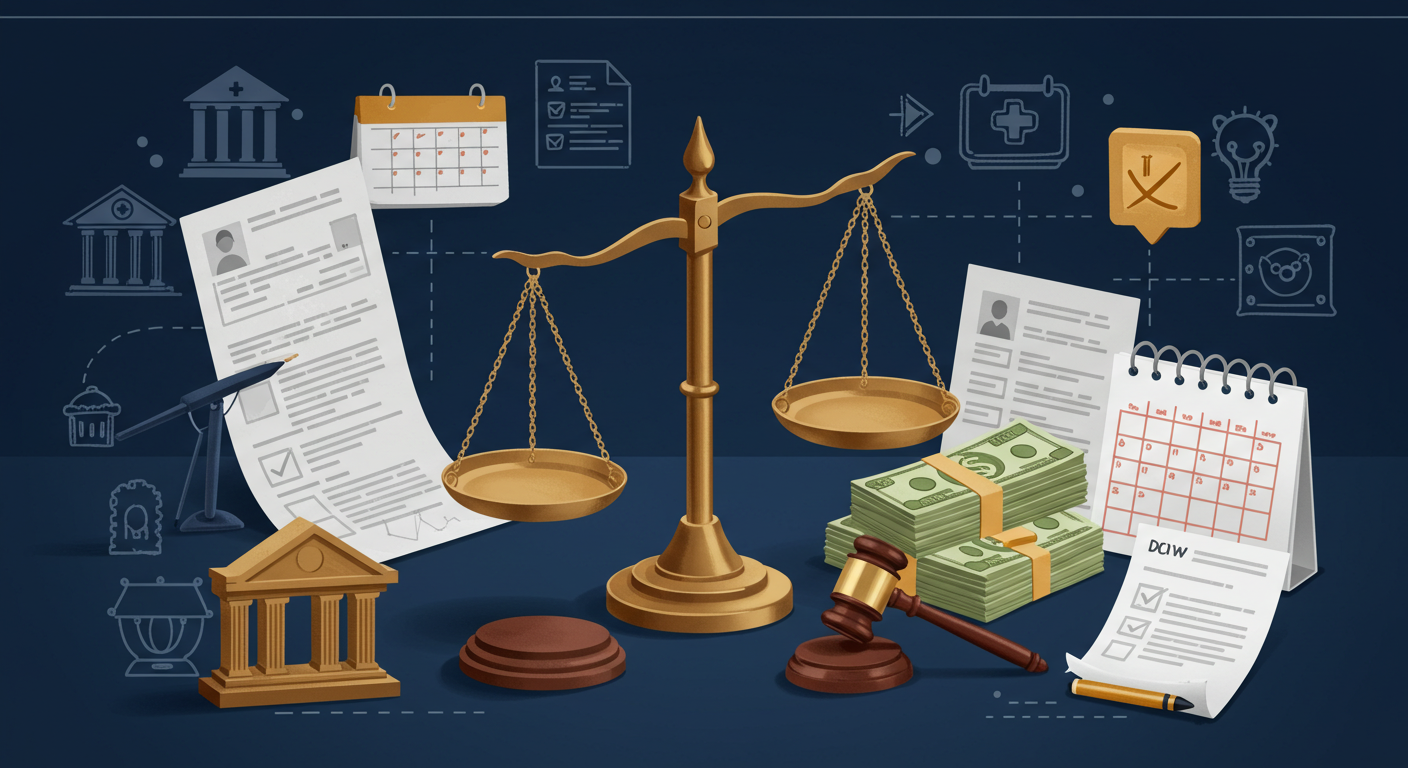What Was the Wheat Thins Settlement?
Hi, I’m Orland Howell. I’ve spent four years writing about class action settlements like this one. These cases happen when people feel tricked by big companies. The Wheat Thins Class settlement was one of those cases. Let me tell you about it in easy words.
Back in 2018, people bought Wheat Thins crackers because the box said “100% Whole Grain.” They thought this meant the crackers were all healthy grains. Whole grains are good because they have fiber and vitamins. People picked Wheat Thins instead of other snacks, thinking it was a healthy choice for their families.
But some people looked at the ingredients. They found something surprising. The crackers had refined grains, which are not as healthy because they lose good nutrients. The “100% Whole Grain” label felt like a lie. Upset people sued the company that makes Wheat Thins, called Mondelez International, Inc., and its brands, like Nabisco.
The lawsuit said the label tricked people into paying more for the crackers. The case was called Wallenstein, et al. v. Mondelez Int’l., Inc., et al. It happened in a California court.
Mondelez said they did nothing wrong. They thought the label was okay. But they didn’t want a long court fight, so they agreed to pay $10 million to settle. The court approved this deal on April 10, 2025.
Why Did People Feel Tricked?
Imagine you’re at the store, picking snacks for movie night. You see Wheat Thins with a big “100% Whole Grain” label. It sounds healthy and yummy. You pick it over chips, feeling happy about your choice. At home, you eat the crackers, thinking they’re good for you.
Later, you find out the crackers weren’t all whole grain. They had refined flour, which isn’t as healthy. You think: Did I waste my money? Did this mess up my healthy eating?
This was the main problem in the lawsuit. The people who sued said the label lied. They said it broke U.S. rules that say food labels must be honest. A “100% Whole Grain” label should mean only whole grains, not a mix.
I’ve written about many settlements like this. Other cases involve cereals or breads. People want to eat healthy, and labels help them choose. When labels aren’t true, lawsuits happen. The Wheat Thins case was part of this trend.
Mondelez didn’t say they were wrong. They said the label was fine but settled to move on. This helped people without a big court fight.
What Was in the $10 Million Deal?
The settlement made a $10 million fund. This money covered a few things. After paying lawyers and other costs, the rest went to people who bought the crackers.
The deal had:
- Money for people who bought the crackers.
- New labels, so Mondelez wouldn’t use “100% Whole Grain” unless it was true. They’d add clear words if needed.
- Costs for running the settlement, like sending letters to people.
Now, the Money went out to people after the settlement was finalized. But the deadline to ask for money was July 7, 2025. If you missed it, you can’t ask for money now. I’m writing this to explain what happened.
In my years writing about settlements, a $10 million deal shows the case was a big deal. It helped lots of people and paid for things like notices, but most money went to payouts.
Who Could Get Money?
Not everyone could get money. The rules were clear to keep things fair. You had to:
- Be 18 or older.
- Live in the United States or places like Puerto Rico.
- Buy certain Wheat Thins for yourself, not to sell.
- Buy them between October 13, 2018, and May 9, 2025.
The crackers had to have the “100% Whole Grain” label. These included:
- Original Wheat Thins
- Reduced Fat Wheat Thins
- Sundried Tomato & Basil Wheat Thins
- Big Wheat Thins
- Ranch Wheat Thins
- Hint of Salt Wheat Thins
- Cracked Pepper & Olive Oil Wheat Thins
- Spicy Sweet Chili Wheat Thins
If you bought these during those years, you could join. Only one claim per house was allowed, even if many people ate the crackers.
Lots of people didn’t have receipts from 2018. That was fine—you could still ask for money without proof, but receipts got you more.
How Much Money Did People Get?

The payouts were exciting. If you had no proof, like receipts, each house got $4.50 to say sorry for the tricky label.
If you had proof, like receipts or UPC codes, you could get $8 to $20 per house. It depended on how many boxes you showed you bought. The most you could get was $20.
The money had a range because the $10 million fund was set. If lots of people asked for money, it was split fairly. This was called pro rata, meaning everyone got a fair piece of the money.
Since the claim time ended on July 7, 2025, the amounts were decided. People with proof often got close to $20. Those without proof got about $4.50 after changes.
In my four years writing about settlements, these payouts were fair. They helped people without hurting the company too much.
How Did People Ask for Money?
The time to ask for money ended on July 7, 2025. Here’s how the process worked back when claims were open. While you can’t file now, this explains the steps people took.
You went to the settlement website, www.wheatthinsclasssettlement.com, run by the court. You gave your email and filled out a form with:
- Your name and address.
- How many crackers you bought.
- Proof, like receipts or UPC codes, if you had them.
You could send the form online or mail it by July 7, 2025. If you didn’t want to join, you could say no by that date. You could also say if you thought the deal wasn’t good.
After sending the form, you waited. Money came by check or online, weeks or months later.
I always tell people: Don’t wait for deadlines. Many miss out because they’re busy.
What Changed After the Settlement?
Mondelez promised to fix their labels. They stopped using “100% Whole Grain” unless it’s true. If the crackers have other grains, they’ll add clear words. This helps people know what they’re buying.
The case showed how important food label rules are. The FDA checks labels, but lawsuits help when rules are broken. This case might make other snack companies check their labels too.
For people, this was a win: money back and better labels.
Tips for Shoppers
From my work, here are easy tips:
- Keep receipts for healthy foods. Store apps can save them online.
- Check ingredient lists. “Whole grain” sounds nice, but read closely.
- Join settlements if you can. Check their websites for news.
- Learn about your rights from trusted places.
These tips save money and keep you safe.
Why Do Class Action Lawsuits Matter for Food?
Class actions let people team up when they’re hurt the same way. One person can’t sue a big company like Mondelez alone—it’s too expensive. Together, they’re strong.
More people care about healthy food, so these lawsuits grew. When labels lie, cases fix it.
I’ve seen settlements give millions to people. They also make companies do better.
Common Questions About the Wheat Thins Settlement
Here are answers to questions I’ve seen in other cases:
Could I still ask for money?
No, the deadline was July 7, 2025.
How do I know if I got money?
Check your mail or email from the settlement team. Call (833) 421-4690 if you’re not sure.
What if I bought crackers to sell?
You couldn’t join. It was only for people who ate them.
Did Mondelez say they were wrong?
No, they said the label was okay but settled to end the case.
Will Wheat Thins cost more now?
Maybe a little, but better labels help everyone.
These answer worries I’ve seen before.
What’s Next for Food Settlements?
Food labels will keep changing. Look for cases about sugar or organic foods. I’ll keep writing to help you understand.
Final Thoughts
The Wheat Thins settlement proved a small label could cause a big change. It gave $10 million back to people who bought the crackers. It also led to clearer labels, so shoppers can trust what they buy. If you got money from this settlement, that’s great! If you missed it, don’t worry—learn from it and be ready for the next one.
Smart shopping starts with knowing the truth. Use this case to make better choices and protect your money. I’m Orland Howell, and I’m here to explain legal things in a simple way. Thanks for reading!
Disclaimer
This article is only for information and is not legal advice. It uses public information about the Wheat Thins class action settlement available as of September 29, 2025. For legal help, talk to a qualified lawyer. This article does not promise you will get money or specific results from any settlement.
Explore More:
Beasley Allen Roundup Settlement: What Claimants Must Know — Payouts, Deadlines & How to File
Bumble Settlement: $40M BIPA payout & what claimants need to know
Tubi Settlement: $19.99M Payout — Who Got Paid & What Happened Next

Orland Howell is a seasoned content writer with four years of deep expertise in crafting compelling and informative content about lawsuit settlements. With a keen understanding of legal nuances and a talent for translating complex topics into clear, engaging narratives, Orland helps law firms, legal professionals, and clients communicate effectively. His work spans blog posts, articles, whitepapers, and website content, all designed to educate, inform, and drive results. Passionate about empowering audiences with knowledge, Orland combines precision, creativity, and industry insight to deliver content that resonates and builds trust.






